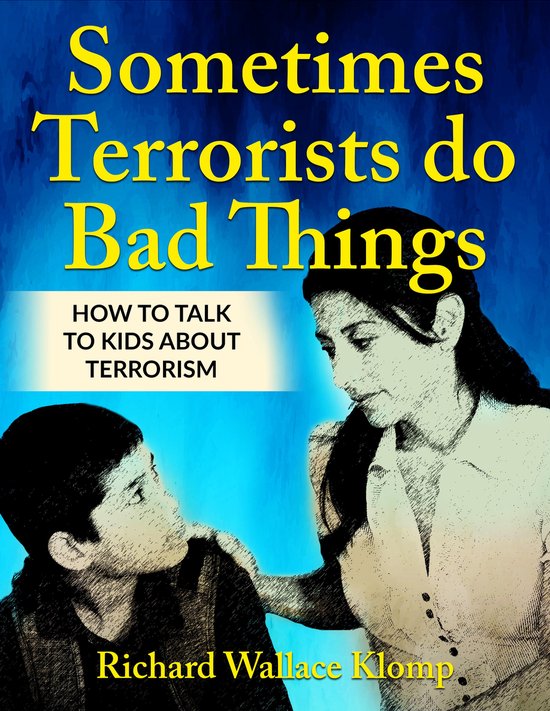It can be difficult for an adult to try to understand seemingly-senseless acts of terrorism that sometimes disrupt the normal flow of life. Imagine how much harder it can be for a child to try to deal with this scary new reality. It’s not clear to them what they do and do not need to worry about since they have a limited understanding of how the world works.
The author assumes that many concerned adults will welcome some pointers about what to say and how to say it in a way that’s likely to reassure rather than frighten a child. None of us wants to present too much information about terrorists in an insensitive way to a child we care about. Factors like the maturity, previous exposure to traumatic events, temperament, social support, resilience (the ability to withstand, recover and grow in the face of stressors or changing demands) and of course age of a child should be considered before having a heart-to-heart talk with them about terrorism.
The author readily acknowledges that each child is unique. That’s why he encourages adults to carefully ponder how their child has responded to shocking news in the past or is likely to react to a tough topic in the future. There are several key ideas that many mental health experts and relevant organizations suggest should be integrated into such a sensitive discussion.
For example, it can be difficult if not impossible to keep a child from hearing or seeing anything about a major domestic or international terrorist incident. However, some children might not realize that a video segment of a terrorist attack that is replayed several times does not represent several new attacks. And because those shocking images and sounds may continue to echo in a child’s mind, most experts agree that reducing a child’s exposure to media coverage of a tragic event probably is a good idea.
In this book, the author shares a simple but engaging story about a likeable boy who is unsettled by media coverage of a local terrorist event. Through interactions with his mother, a trusted teacher, a neighbor and others, he learns how unlikely it is that his family would be directly damaged by a terrorist incident. He also learns about the layers of protection civilized society tries to weave around children to keep them safe.
He encounters individuals with different ideas about immediate and severe retaliation against terrorists. He also learns that several famous leaders and scholars were not so quick to pass judgment or propose vengeance. This book is careful not to tell anybody what to think. It does provide information and ideas that can help shape children’s thought processes in an effort to help reduce unnecessary anxiety.
There are multiple warnings in the book for adults who feel the need to initiate some kind of factual conversation about terrorism with a child. It is important for them to be careful not to introduce more information than the child is likely to be able to process at that time. Most experts agree that it’s important to be honest without overloading a child with details beyond their ability to absorb without becoming even more anxious. This could be referred to as age-appropriate interaction. This book encourages asking a child what they have heard or seen to help determine how worried they are about a recent terrorist incident. Then the adult is in a better position to answer the specific questions the child actually has without burdening them with unnecessary or potentially-alarming details.
At the end of the story, there are links to respected references for adults who would like to research this topic further. And, to provide a way for a child to express fears or frustrations they have, one copy of this eBook may be printed so a child can draw, color, paint or write their feeling or concerns in their own personal journal! The author hopes both you and the child you care about will benefit from this semi-interactive feature of this book.
